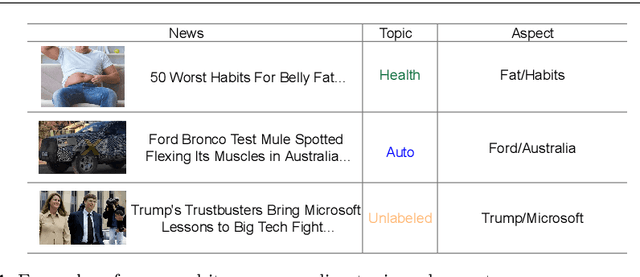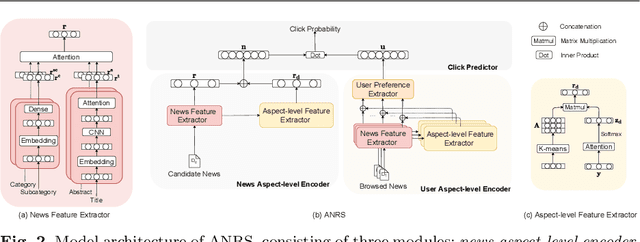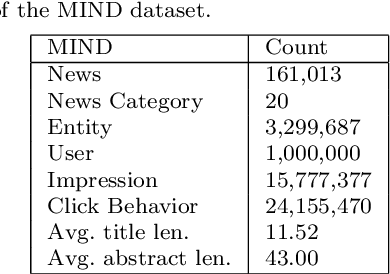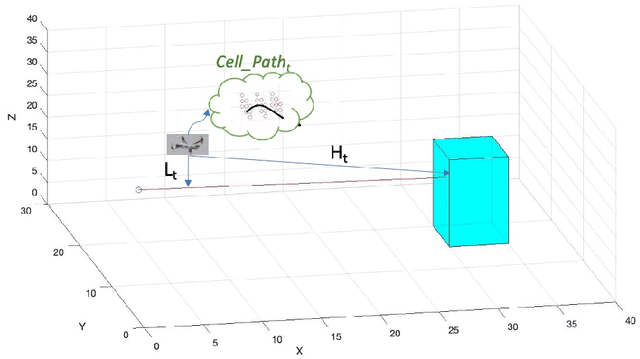Rongyao Wang
Modeling Multi-interest News Sequence for News Recommendation
Jul 19, 2022



Abstract:A session-based news recommender system recommends the next news to a user by modeling the potential interests embedded in a sequence of news read/clicked by her/him in a session. Generally, a user's interests are diverse, namely there are multiple interests corresponding to different types of news, e.g., news of distinct topics, within a session. %Modeling such multiple interests is critical for precise news recommendation. However, most of existing methods typically overlook such important characteristic and thus fail to distinguish and model the potential multiple interests of a user, impeding accurate recommendation of the next piece of news. Therefore, this paper proposes multi-interest news sequence (MINS) model for news recommendation. In MINS, a news encoder based on self-attention is devised on learn an informative embedding for each piece of news, and then a novel parallel interest network is devised to extract the potential multiple interests embedded in the news sequence in preparation for the subsequent next-news recommendations. The experimental results on a real-world dataset demonstrate that our model can achieve better performance than the state-of-the-art compared models.
Aspect-driven User Preference and News Representation Learning for News Recommendation
Oct 12, 2021



Abstract:News recommender systems are essential for helping users to efficiently and effectively find out those interesting news from a large amount of news. Most of existing news recommender systems usually learn topic-level representations of users and news for recommendation, and neglect to learn more informative aspect-level features of users and news for more accurate recommendation. As a result, they achieve limited recommendation performance. Aiming at addressing this deficiency, we propose a novel Aspect-driven News Recommender System (ANRS) built on aspect-level user preference and news representation learning. Here, \textit{news aspect} is fine-grained semantic information expressed by a set of related words, which indicates specific aspects described by the news. In ANRS, \textit{news aspect-level encoder} and \textit{user aspect-level encoder} are devised to learn the fine-grained aspect-level representations of user's preferences and news characteristics respectively, which are fed into \textit{click predictor} to judge the probability of the user clicking the candidate news. Extensive experiments are done on the commonly used real-world dataset MIND, which demonstrate the superiority of our method compared with representative and state-of-the-art methods.
Cell A* for Navigation of Unmanned Aerial Vehicles in Partially-known Environments
Sep 16, 2020



Abstract:Proper path planning is the first step of robust and efficient autonomous navigation for mobile robots. Meanwhile, it is still challenging for robots to work in a complex environment without complete prior information. This paper presents an extension to the A* search algorithm and its variants to make the path planning stable with less computational burden while handling long-distance tasks. The implemented algorithm is capable of online searching for a collision-free and smooth path when heading to the defined goal position. This paper deploys the algorithm on the autonomous drone platform and implements it on a remote control car for algorithm efficiency validation.
 Add to Chrome
Add to Chrome Add to Firefox
Add to Firefox Add to Edge
Add to Edge